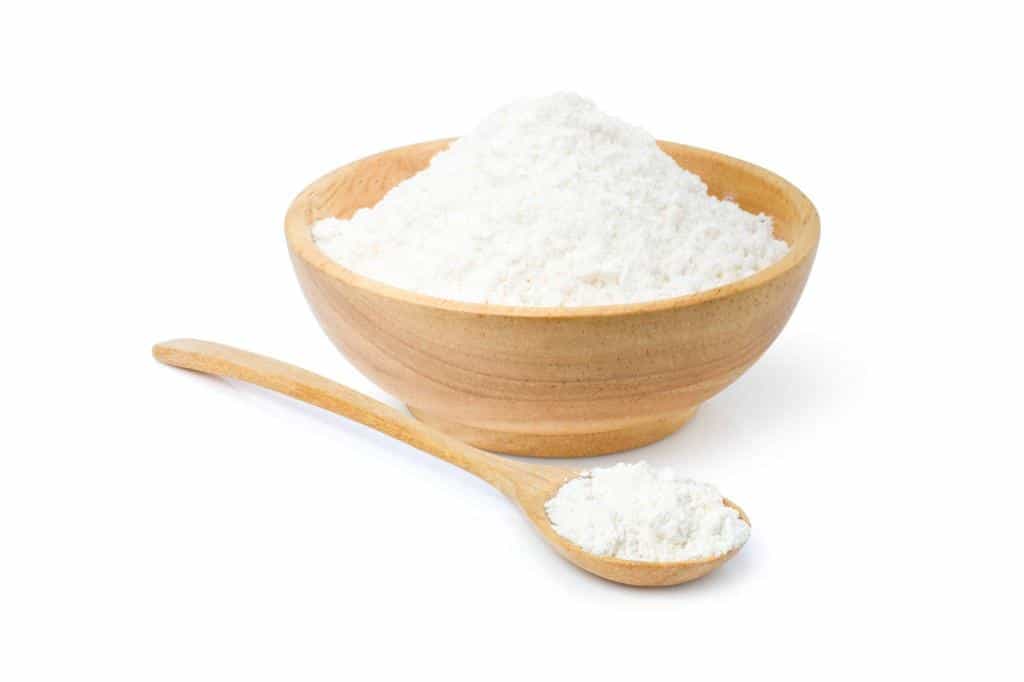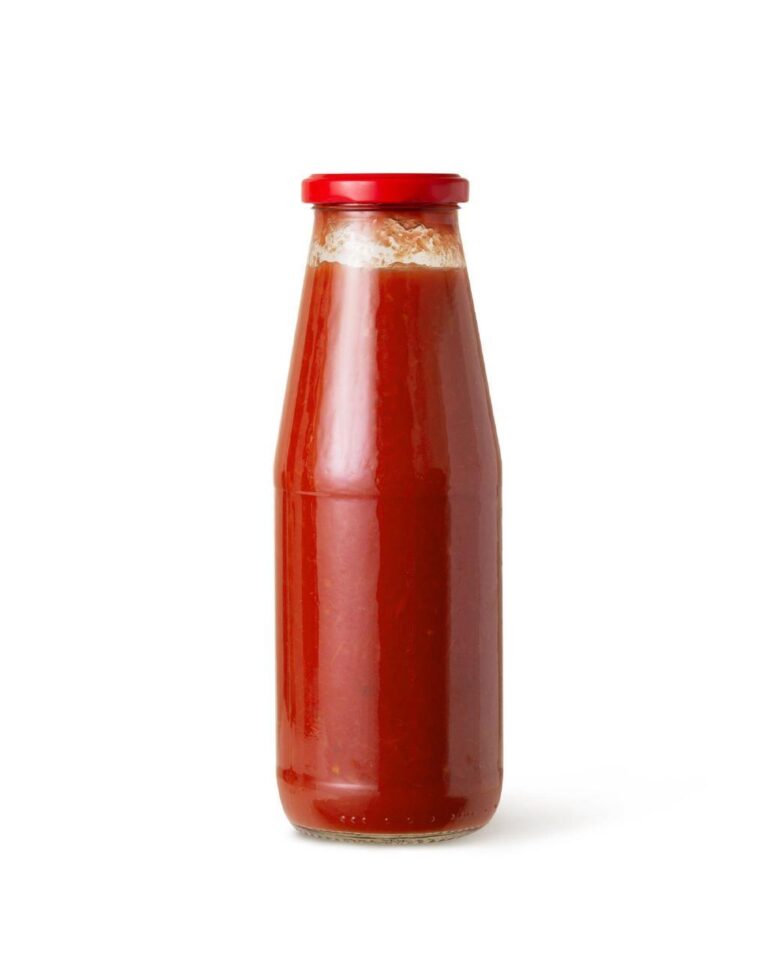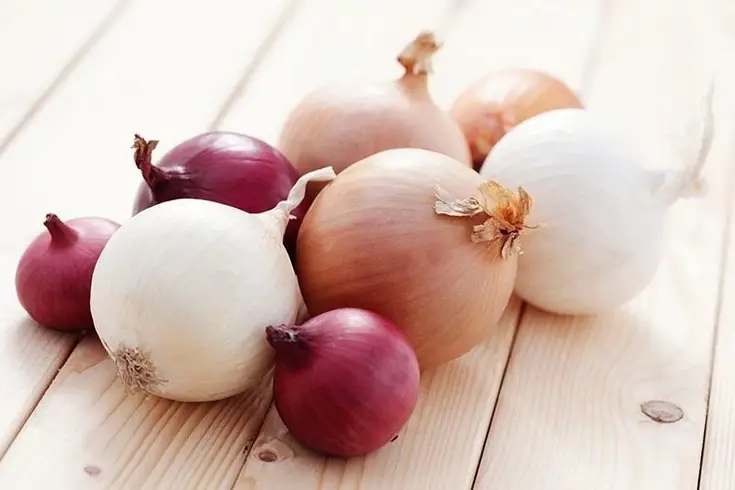What Happens if You Eat Raw Flour? Is It Safe To Eat Raw Flour?

Have you ever tasted raw flour while baking or cooking and wondered if it’s safe to eat? While flour is a staple ingredient in many dishes, it’s important to know whether consuming it in its raw form poses any risks to your health.
Raw flour is not intended for consumption and can lead to a variety of health issues if ingested. In this article, we’ll explore the potential consequences of consuming raw flour and answer the burning question – is it safe to eat raw flour?
We’ll take a closer look at the dangers associated with consuming raw flour and explain why it’s not recommended. We’ll also delve into the potential health risks of excessive flour consumption and discuss the role of flour in a healthy diet.
Whether you’re a baking enthusiast or just curious about the potential risks of consuming raw flour, this article is for you. So, let’s get started and uncover the truth about raw flour and its impact on your health.
What Happens if You Eat Raw Flour?
Eating raw flour may seem harmless, but it can actually be quite dangerous. Raw flour has not been treated to kill harmful bacteria, which can lead to foodborne illness if ingested.
When you consume raw flour, your body may have a difficult time digesting it.
In addition to digestive issues, consuming raw flour can also lead to nutrient deficiencies. Cooking flour-based products helps to break down the starches and release nutrients, making them more easily absorbed by your body.
When you eat raw flour, you miss out on these nutrients, which can lead to deficiencies over time. This is especially important for people who consume large amounts of raw flour, such as those who follow a raw food diet.
Is It Safe To Eat Raw Flour?
One of the main concerns is the potential for bacterial contamination. Raw flour has not been treated to kill harmful bacteria such as E. coli, which can cause foodborne illness if ingested. In fact, there was a widespread outbreak of E. coli infections linked to raw flour. This is why it’s important to always cook flour-based products, as the heat will help to kill any bacteria present.
In addition to the risk of getting sick from bacteria, eating raw flour can also make your stomach hurt. Raw flour contains enzymes called amylase inhibitors, which can interfere with the body’s ability to break down starches. This can lead to bloating, gas, and abdominal pain. Consuming large amounts of raw flour can also lead to intestinal blockages, as the flour can clump together in the digestive tract.
It’s worth noting that not all types of flour are created equal when it comes to safety. For example, some types of flour may be more likely to contain harmful bacteria than others.
Additionally, certain types of flour, such as almond flour, may be safer to consume raw than traditional wheat flour. However, even with these considerations, it’s generally recommended to always cook flour-based products to ensure safety.
To reduce the risk of foodborne illness and other health risks associated with consuming raw flour, you need to properly cook or bake any foods that contain flour. Cooking or baking at high temperatures will kill off any harmful bacteria or other pathogens present in the flour.
Washing your hands and any utensils or surfaces that come into contact with raw flour can also help reduce the risk of contamination. It is also recommended to store flour in a cool, dry place to prevent the growth of any bacteria or fungi. By taking these simple precautions, you can safely enjoy the many culinary delights that contain flour without putting your health at risk.
Allergic Reactions to Flour
Most people can enjoy flour-based foods without issue, but some individuals may experience an allergic reaction to flour. When the immune system thinks that proteins in the flour are harmful and attacks to protect the body, this is called a “flour allergy.” Flour allergies can cause symptoms that range from mild to severe, and they can happen as soon as the allergen is exposed.
Symptoms of a wheat-flour allergy can include hives, itching, swelling, and difficulty breathing. In more serious cases, anaphylaxis can happen, which is a life-threatening allergic reaction that can cause a sudden drop in blood pressure, trouble breathing, and loss of consciousness.
WARNING
It’s important to seek medical attention immediately if you or someone you know is experiencing symptoms of anaphylaxis.
While flour or gluten allergies are not as common as other food allergies, such as peanuts or shellfish, they can still occur. Individuals who are allergic to other grains, such as wheat or barley, are more likely to be allergic to flour. Additionally, those with a family history of food allergies may also be at an increased risk of developing a gluten allergy.
Gluten Intolerance and Celiac Disease
Gluten intolerance and celiac disease are two conditions that are often grouped together, but they are not the same thing.
- Gluten intolerance is a condition in which an individual experiences adverse symptoms after consuming gluten-containing foods, but it does not cause the same type of damage to the small intestine that celiac disease does.
- Celiac disease, on the other hand, is an autoimmune disease in which eating gluten causes the body’s immune system to attack the lining of the small intestine.
The symptoms of gluten intolerance can vary from person to person but often include digestive issues such as bloating, gas, and diarrhea. Non-digestive symptoms can include headaches, joint pain, and skin rashes. Gluten intolerance is usually treated by staying away from foods with gluten, like wheat, barley, and rye. Some people may also find it helpful to work with a dietitian to make sure they are getting the right nutrition while staying away from gluten.
The symptoms of celiac disease can also be different, but they often include digestive problems like diarrhea, constipation, and abdominal pain, as well as non-digestive problems like fatigue, anemia, and osteoporosis.
Celiac disease is treated by staying away from all foods that contain gluten, because even small amounts can cause an immune response and damage to the small intestine. People with celiac disease may also benefit from working with a dietitian to make sure they are getting the right nutrition and may need to take supplements to make up for nutrient deficiencies.
Effects of Consuming Large Amounts of Flour
While flour is a staple ingredient in many cuisines around the world, consuming large amounts of it on a regular basis can have negative effects on your health. Flour is a refined carbohydrate, meaning that it has been stripped of its fiber and nutrient content during the refining process.
If you eat too many refined carbohydrates, you may gain weight and have a greater chance of getting type 2 diabetes and heart disease.
In addition to its high carbohydrate in flour content, flour can also contain other harmful substances such as gluten, which can cause health issues for those with gluten intolerance or celiac disease. Consuming large amounts of gluten-containing flour can lead to symptoms such as bloating, abdominal discomfort, and diarrhea in those who are sensitive to gluten.
However, it is important to note that flour can also be a healthy part of a balanced diet when consumed in moderation. Whole grain flour, which has not been heavily refined, contains fiber and other important nutrients such as vitamins and minerals.
Consuming whole grain flour can help regulate blood sugar levels, reduce the risk of heart disease, and improve digestion. When incorporating flour into your diet, it is important to choose whole grain options and consume it in moderation.
What Does Raw Flour Taste Like?
Raw flour is not typically consumed on its own and therefore does not have a distinct flavor profile like other food items.
If you were to taste a small amount of raw flour, you would likely experience a dry, powdery texture in your mouth. The flavor would be bland, and you might detect a slight nutty or grassy flavor, depending on the type of grain used.
For example, raw wheat flour has a slightly bitter taste, while raw almond flour has a nutty flavor. Raw coconut flour has a slightly sweet taste and aroma. However, the other ingredients used in recipes that call for flour often overpower these flavors because they are not strong.
While some people may enjoy the taste and texture of raw flour, it’s always safer to cook flour-based products thoroughly before consuming them. This not only ensures safety but also brings out the flavors and textures of the flour in a more enjoyable way.
What Flour Can Be Eaten Raw?
Eating raw flour is not recommended due to the potential risk of bacterial contamination, but there are some flours that are safe to eat raw. Nut flours and some seed flours are generally considered safe for raw consumption as they do not typically harbor harmful bacteria. Pumpkin seed flour, sunflower seed flour, sesame seed flour, and flaxseed meal are all examples of raw flours that can be used in recipes without being cooked.
- Pumpkin seed flour is a great option for those looking to add a nut-free raw flour to their diet. It is high in protein and fiber and has a slightly sweet and nutty flavor. Pumpkin seed flour can be used in a variety of recipes, including smoothies, energy bars, and baked goods.
- Sunflower seed flour is another nut-free raw flour option that is high in protein and healthy fats. It has a slightly nutty flavor and can be used in a variety of recipes, such as bread, pancakes, and muffins. Sunflower seed flour is also a good source of vitamin E, which is important for maintaining healthy skin and immune function.
- Sesame seed flour is another raw flour option that is high in protein and healthy fats. It has a slightly sweet and nutty flavor and can be used in a variety of recipes, such as cookies, crackers, and bread. Sesame seeds are also a good source of calcium and iron, making sesame seed flour a nutrient-dense ingredient to add to your diet.






